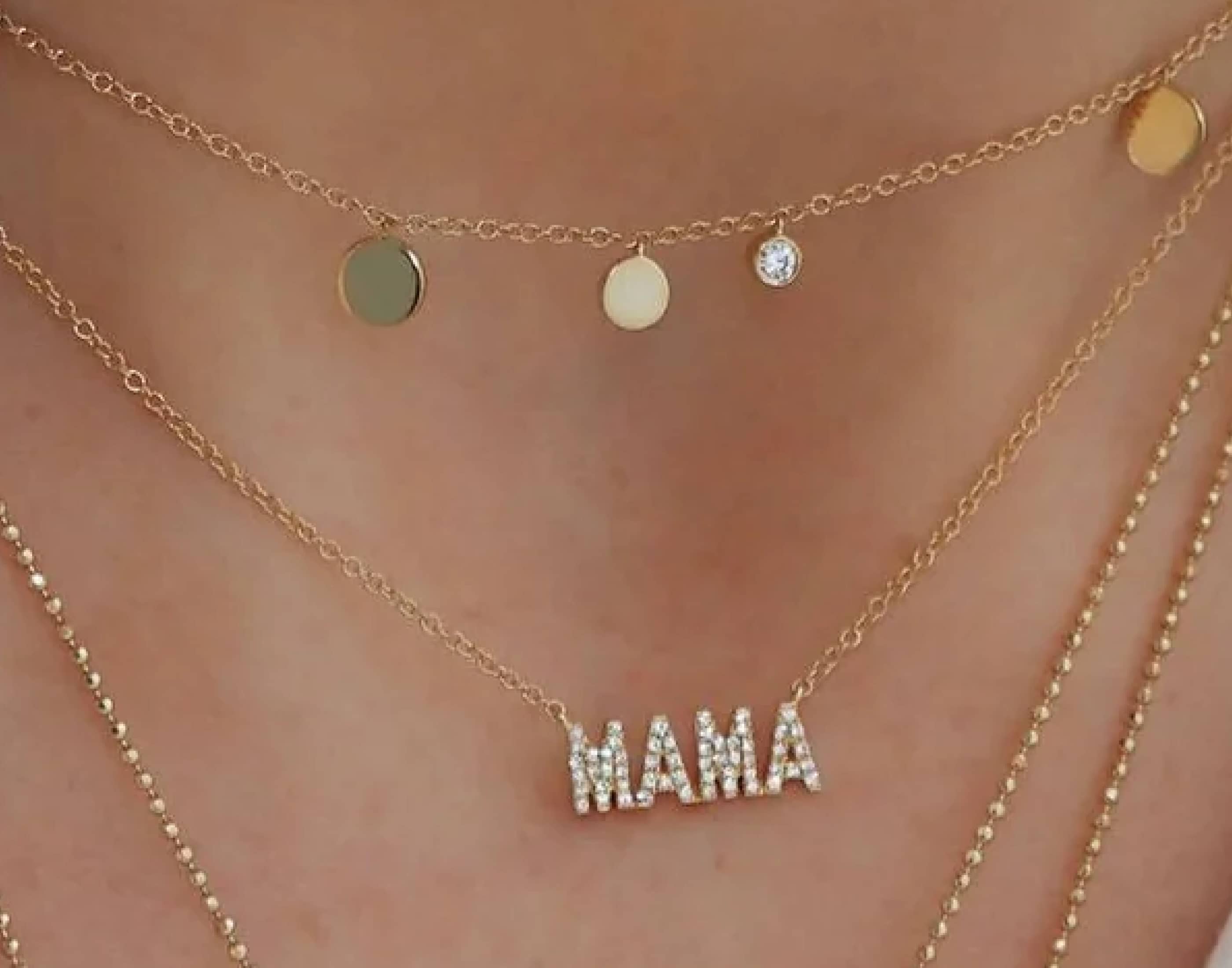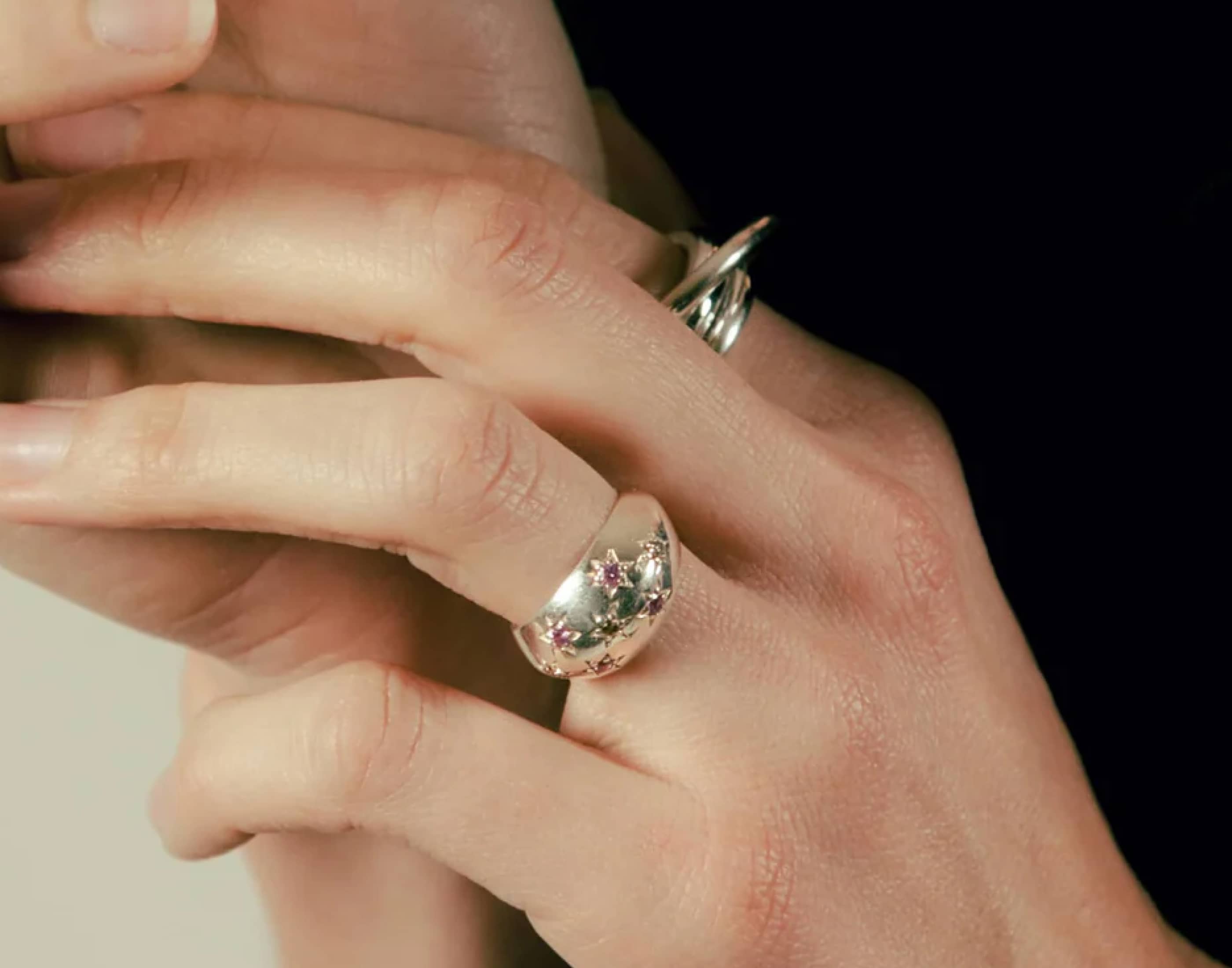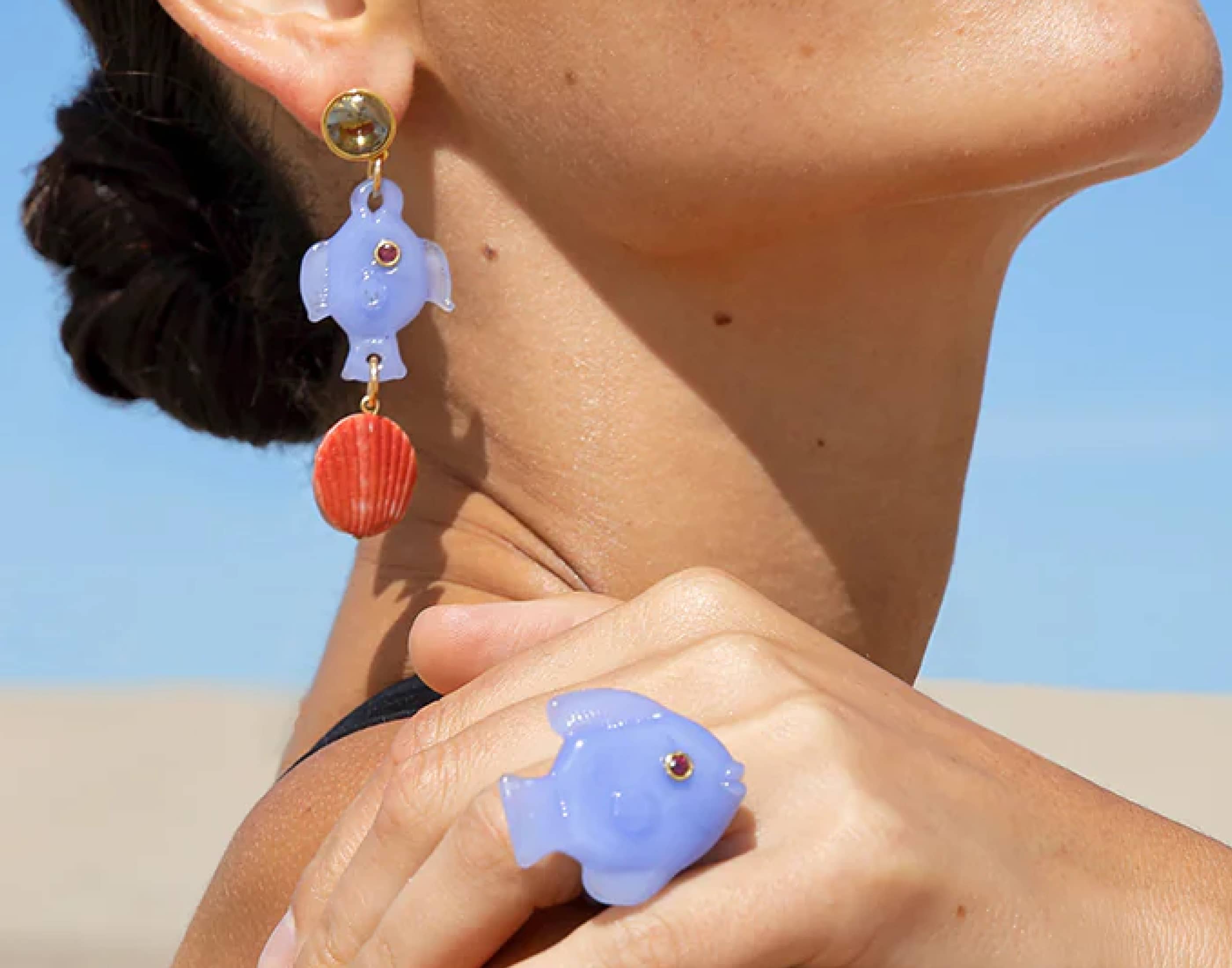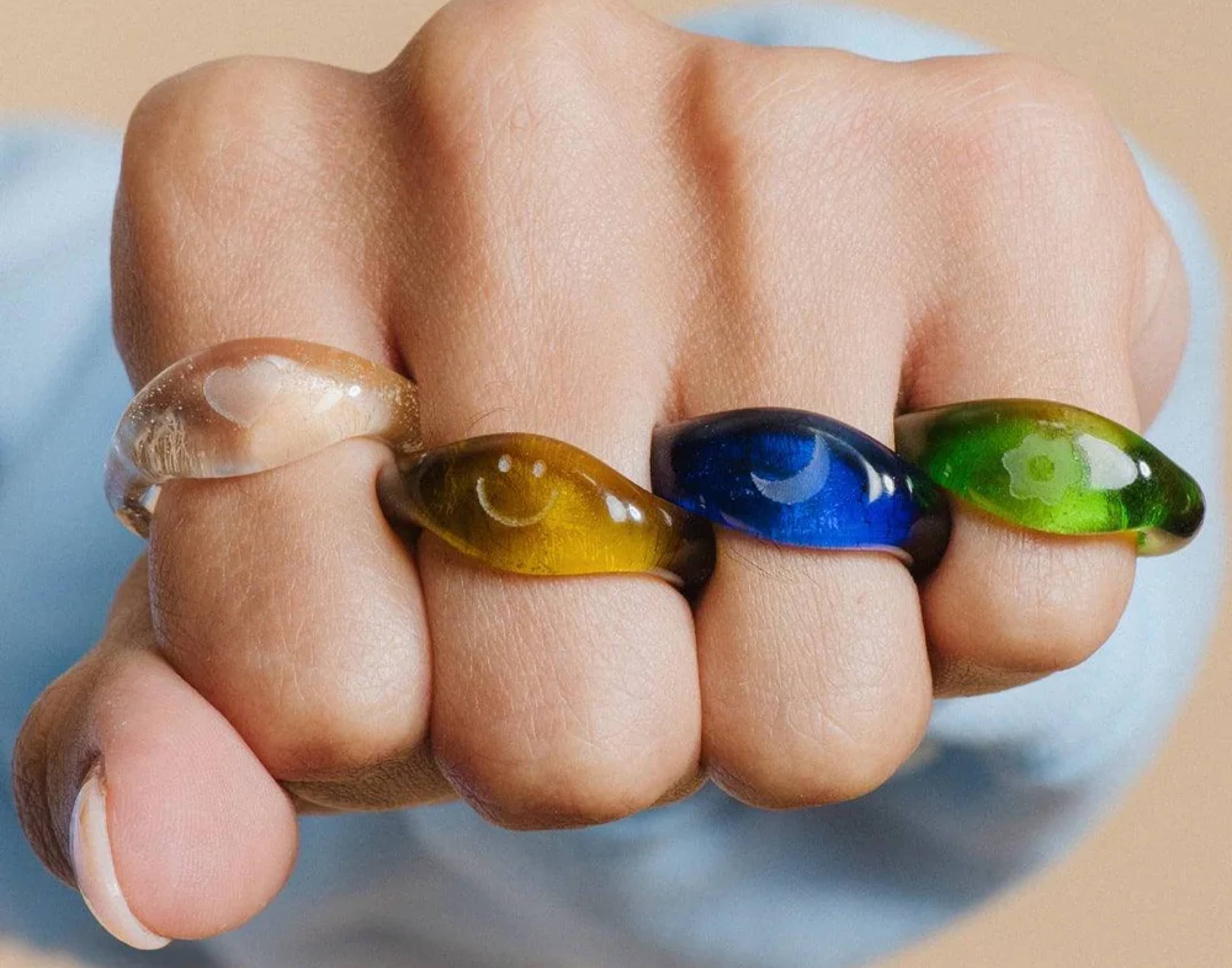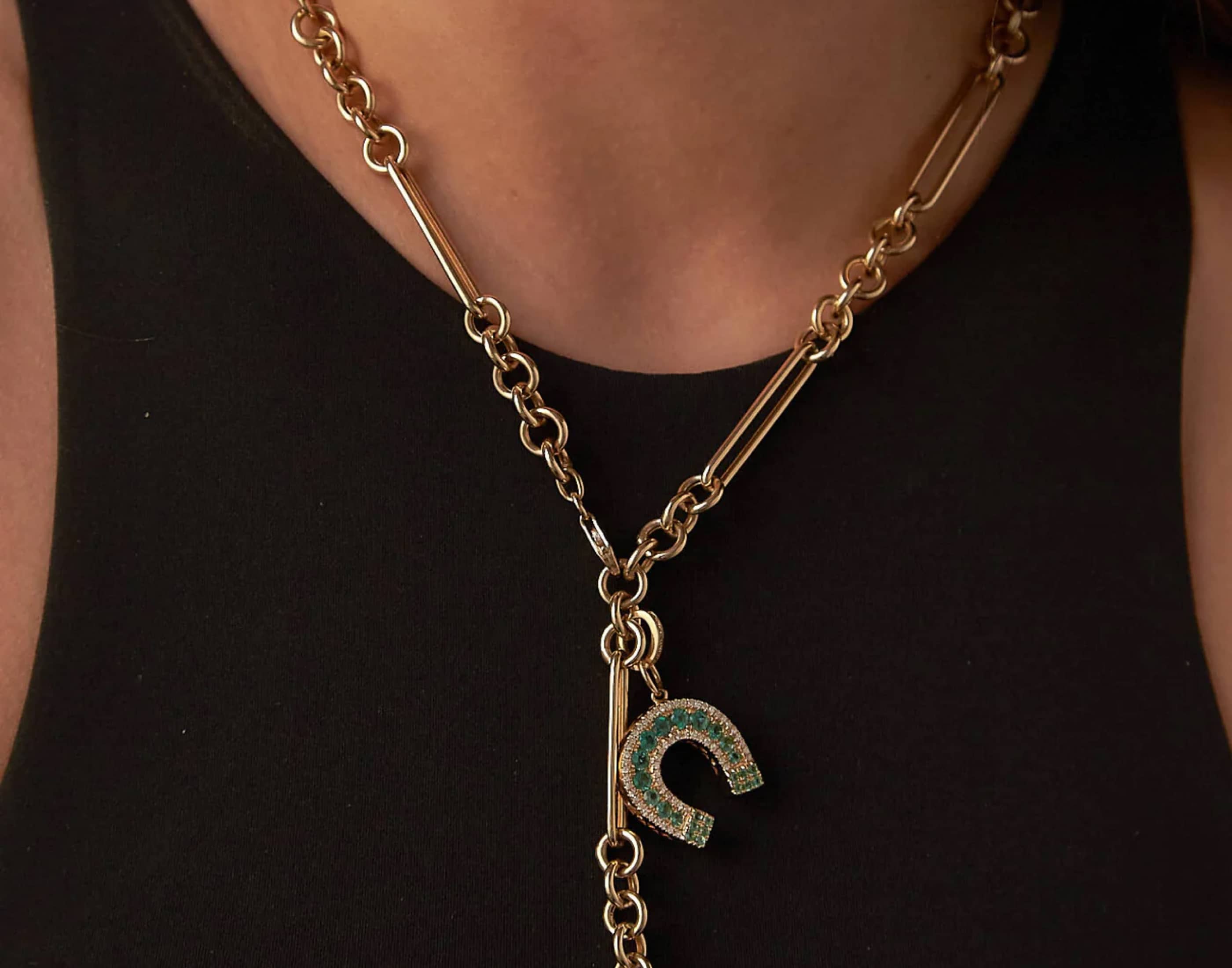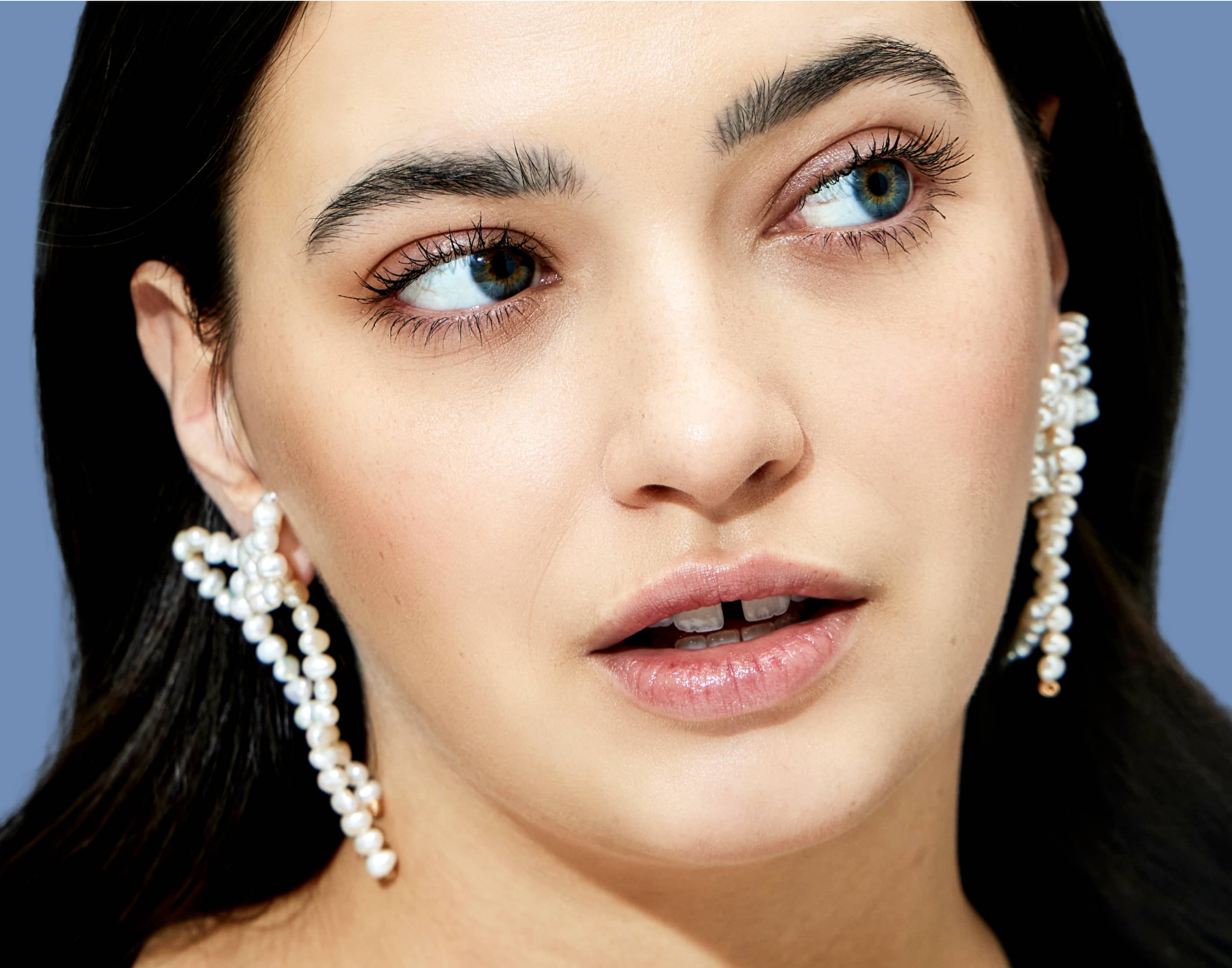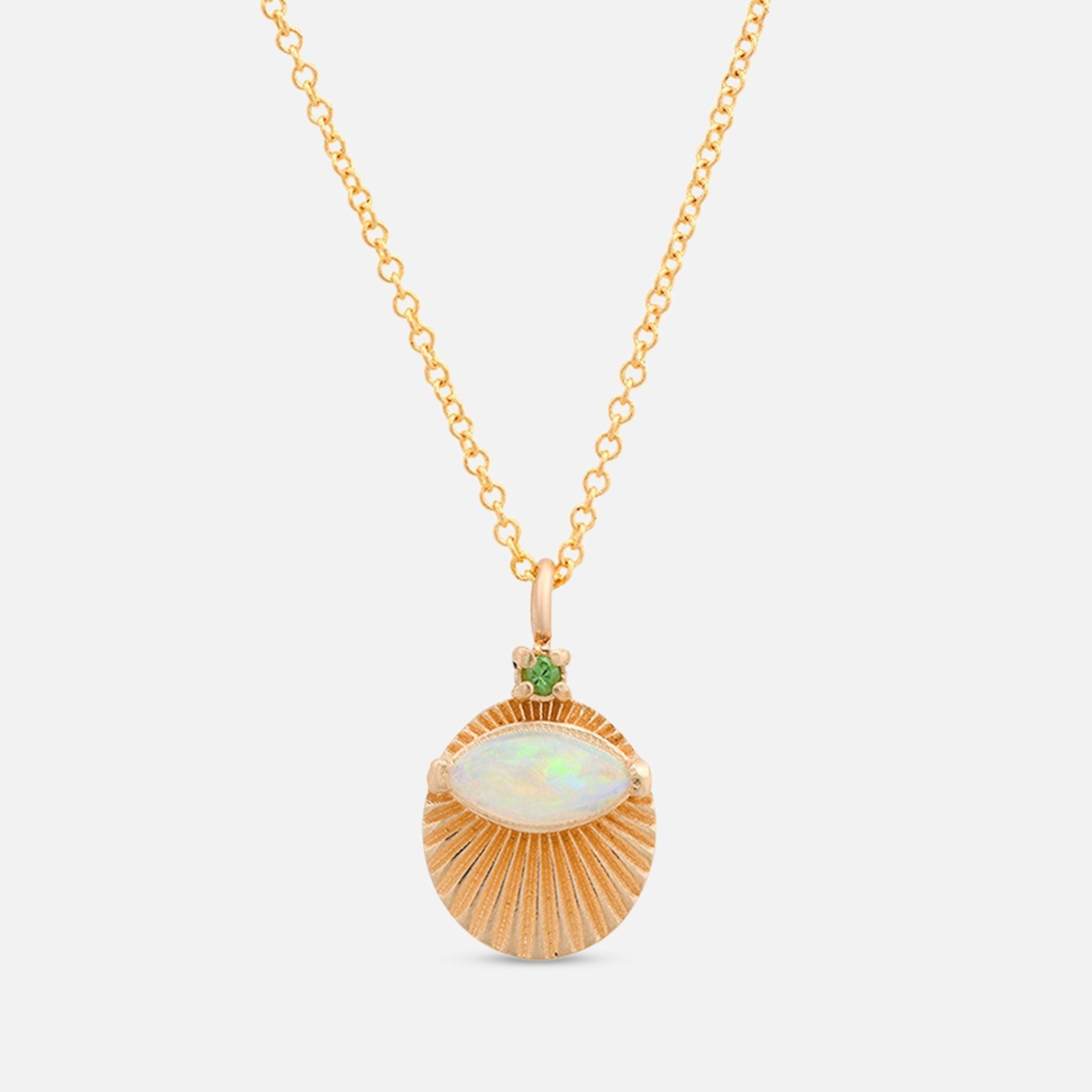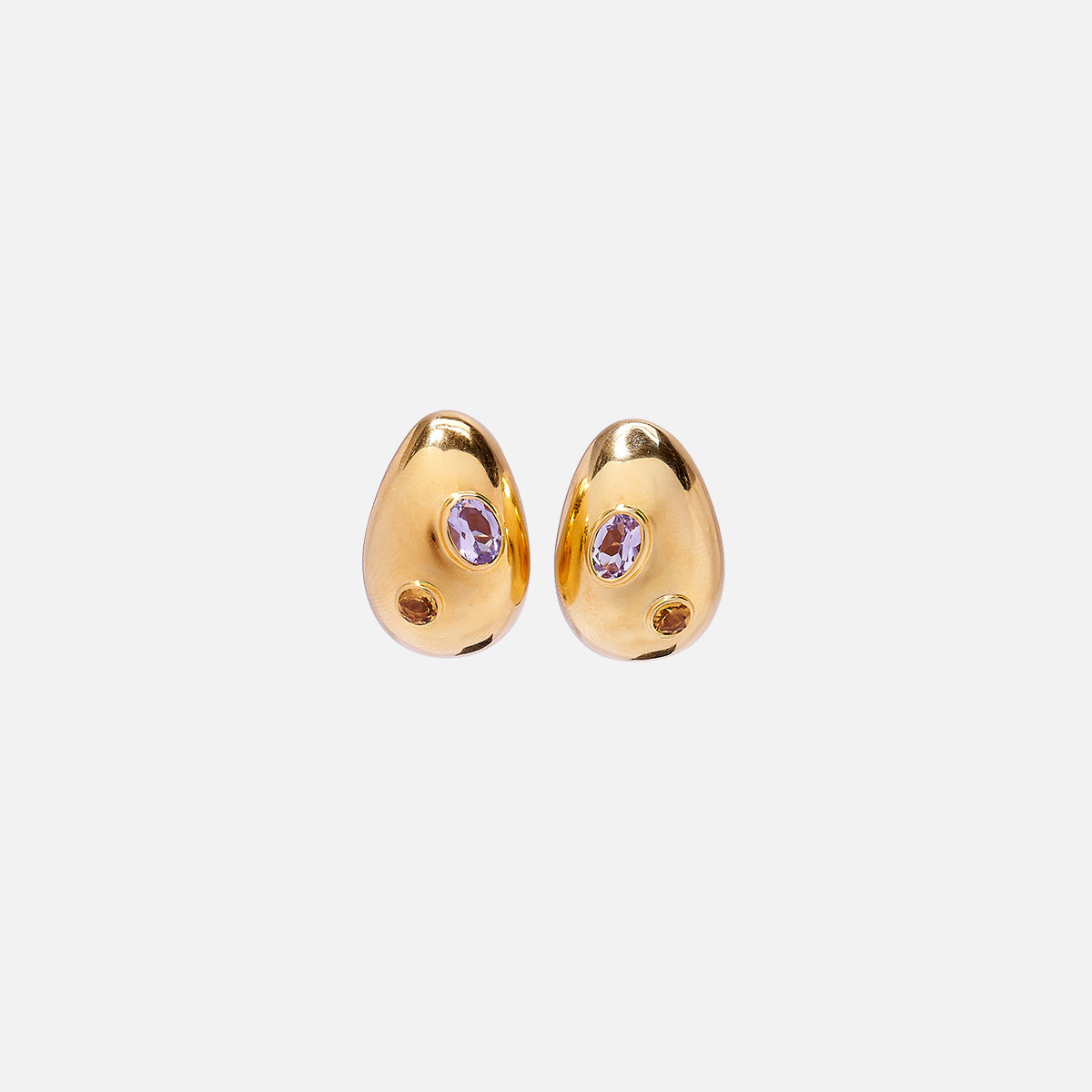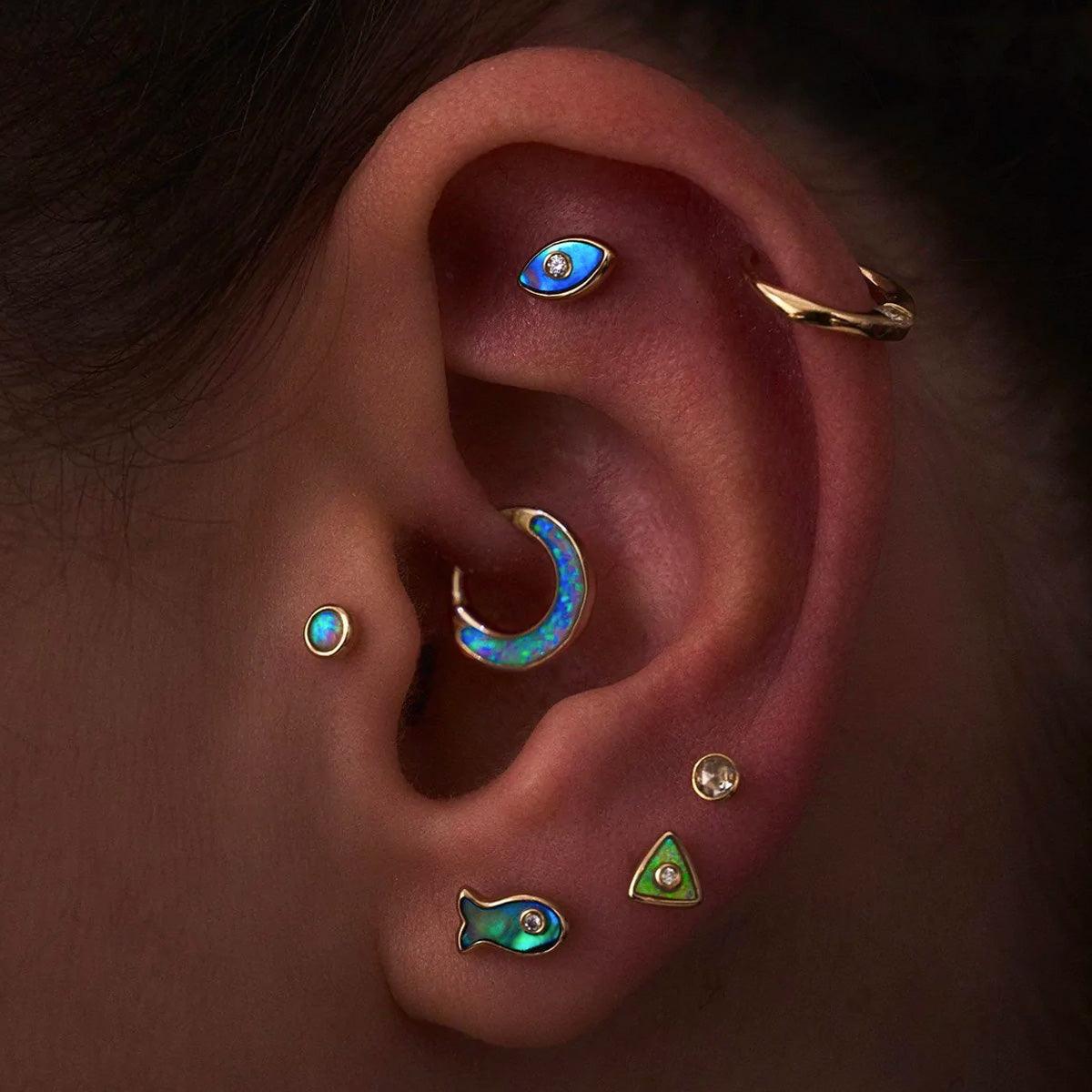If you're looking into getting a new piercing and want to go for something a little different, you might want to consider a rook piercing.
Piercings have been around for centuries, with different cultures sporting piercings to show off their status, faith, or simply because they think it looks cool. Today, body piercings are more popular than ever, with people of all ages and backgrounds getting pierced for various reasons.
Some piercings are more popular than others, but there's no doubt that they all have the ability to add personality and style to your look. If you're considering a new piercing, the rook is a great option.
Keep reading to learn everything you need to know about rook piercings!
Related: Nose Piercings - Everything You Need To Know
What is a Rook Piercing?
You may have seen rook piercings and thought they looked similar to other ear piercings, like the daith or the tragus. And you wouldn't be wrong—they are all cartilage piercings. But the rook is located in a different part of the ear than the daith or tragus.
The rook is located in the upper cartilage, right next to the daith. It's a horizontal piercing that goes through the fold of cartilage that separates the inner and outer parts of the ear.
Rook piercings are one of the more popular cartilage piercings, but they're still not as common as lobe piercings. So if you're looking for something a little different, the rook might be the perfect option.
How is a Rook Piercing Done?
Those new to piercings might wonder how such a delicate procedure is performed. But don't worry—piercing professionals have been doing this for years, and they're pretty good at it.
The first thing your piercer will do is clean the area with a sterile solution. Then they'll mark the spot where the piercing will go. Once you've approved the placement, they'll get to work.
Using a sharp, sterile needle, they'll pierce through the upper cartilage. Some people feel a little pain when this happens, but it shouldn't be too bad. After the needle is through, it's time to insert the jewelry.
The type of jewelry you choose is up to you, but most people opt for a small hoop or barbell. You'll want to choose something made of high-quality material, like surgical steel, titanium, or gold.
Once the jewelry is in, your piercer will check to ensure it's secure and not too tight. And that's it—you're done!
Related: How To Create A Curated Ear Piercing Look
How to Care for Your Rook Piercing
As with any piercing, taking care of your rook piercing is essential in the early days is essential. This will help you avoid infection and ensure that your piercing heals quickly and properly.
Rook piercings usually take between four and eight weeks to heal. During this time, you'll need to clean the piercing twice a day with a sterile solution. You should also avoid touching the piercing, as this can increase your risk of infection.
Try not to sleep on your new piercing—this can irritate and prolong the healing process. If you must sleep on your side, put a clean pillowcase on your pillow to avoid contact with the piercing.
You'll also want to avoid makeup, lotions, and perfumes in the piercing area, as they can cause irritation and delay healing.
In the first few weeks, it's normal to see some discharge from the piercing. If you notice any redness, swelling, or discharge that has a bad smell, this could be an infection. Contact your piercer or a doctor as soon as possible.
Other aftercare tips to help you heal quickly and avoid infection include:
- Eating healthy foods
- Getting enough sleep
- Avoiding alcohol and smoking
- Keeping the area clean and dry
- Wearing loose-fitting clothing
- Avoiding exposure to dirt, dust, and other debris
- Keeping your hair away from the piercing while it heals
- Avoiding swimming or using hot tubs until the piercing is fully healed
After the initial healing period, you can start to experiment with different types of jewelry. Just be sure to choose something made of high-quality material that won't irritate the piercing.
Related: Ear Stacking 101
What Type of Jewelry Is Used For A Rook Piercing?
There are three main types of jewelry that are used for rook piercings: barbells, hoops, and studs.
The initial piercing is usually made with a straight barbell. Curved barbells are also very popular. These have two beads on either end of the shaft, one of which is removable. It’s recommended to go with barbell jewelry that has larger beads because it makes removing it a little easier.
Hoop rook jewelry (also called rings) is easy to install and replace. Clicker rook jewelry will open and close when pinched, making them much easier to install than jewelry with bead screws.
Stud rook earrings are similar to barbells. The only difference is studs have a flat back surface instead of beads. These can be challenging to remove!
What Type of Jewelry Material Is Best For A Rook Piercing?
The best jewelry material for a rook piercing is titanium because it's hypoallergenic, budget-friendly, and it can be found in a wide variety of colors.
Another alternative is surgical steel. It’s a little cheaper than titanium but it can also contain traces of nickel, which a small percentage of people are allergic to. Rhodium is a good option as well. Most Rhodium jewelry is made from precious metals (gold, silver, etc) and then coated with rhodium to improve its appearance and toughness. As for precious metals, gold is another excellent choice, albeit expensive.
When in doubt, stick to titanium jewelry because it’s the least likely to cause complications and it looks great.
Rook Piercing Pain and Healing Time
If you’re thinking about getting a rook piercing you may be wondering about the pain level of pain and the healing time.
Rook Piercing Pain Scale
The rook piercing is considered to have a medium to high pain level, depending on the individual and their tolerance for pain. On a pain scale of 10, a rook piercing is between 6 and 8. While some people said the pain was tolerable, other people had a hard time with it. The pain level of a rook piercing is similar to a Daith piercing.
Healing Time
It’s difficult to say exactly how long a rook piercing takes to heal because there are many factors that affect the healing process. Generally speaking, a rook piercing can take between 3 to 12 months to completely heal. It may take longer. To be on the safe side, we recommend waiting a full 12 months.
You will know a rook piercing has fully healed when there’s no more soreness or discharge (crust) around the area. You’ll also be able to touch and move the piercing without experiencing any pain. Rook piercings have to penetrate a particularly thick layer of cartilage, which is why it takes longer to heal than other piercings.
Cost Of A Rook Piercing
The price of a rook piercing varies depending on a number of factors. In most cases, it costs between $30 to $100 to get a rook piercing.
The location of the studio and the experience of the artists will also affect the cost. Studios downtown are usually a bit more expensive. Generally, it’s better to spend a little more to get a rook piercing from a professional. When it comes to piercings, a low-quality job can lead to complications down the line. Make sure to check reviews!
Most of the time, the cost factors in the jewelry too. If the studio uses high-grade materials, the cost will be a little higher than run-of-the-mill stainless steel jewelry. You may have the option to choose which material you want to use.
Either way, to ensure a rook piercing heals without complications, it’s best to pay more to get it done by an experienced professional.
Side Effects Of A Rook Piercing
The most serious side effect of a rook piercing is infection. According to a study done on cosmetic piercings, about 30% of pierced areas experience minor infections. If properly treated, the infection will be cured within a month. A piercing infection will present symptoms such as bleeding, swelling, pain, discharge, and fever.
Another side effect, although rare, is an allergic reaction. Certain people have allergies to metals such as nickel. To avoid nickel, stick to jewelry made from materials such as platinum, gold, or stainless steel. Allergic reactions to nickel are very rare!
Other side effects of a rook piercing are swelling, redness, bleeding, and bruising. Most of the side effects will dissipate once completely healed. It can take up to 12 months for a piercing to fully heal. It’s normal to experience a small amount of these symptoms immediately after the piercing procedure.
How To Change Out A Rook Piercing
While a rook piercing looks great, it’s one of the more difficult types of piercings to change out. Changing a rook piercing is challenging because of the location. It’s not easy to get a good grip or angle on rook piercings, especially jewelry that has beads.
Before you start, make sure the piercing is completely healed. It’s also a good idea to wear surgical gloves and sanitize the area. Furthermore, consider using some tools such as a Hemostat (a surgical plier) and a piercing ball grabber.
Hoop piercings are the easiest to remove, simply slide them out. Jewelry with beads or balls is more challenging to remove. Use your hemostat or fingers to remove the ball end of your rook jewelry and pull it out.
Depending on the size of the ball, it can be very difficult to re-attach. To make it easier, consider using the tools mentioned earlier or ask someone for assistance. Make sure the ball is securely fastened or it may fall out.
Final Thoughts
If you have any questions about rook piercings, or if you're thinking about getting one, be sure to talk to a professional piercer. They'll help you decide if this piercing is right for you and walk you through the entire process from start to finish.

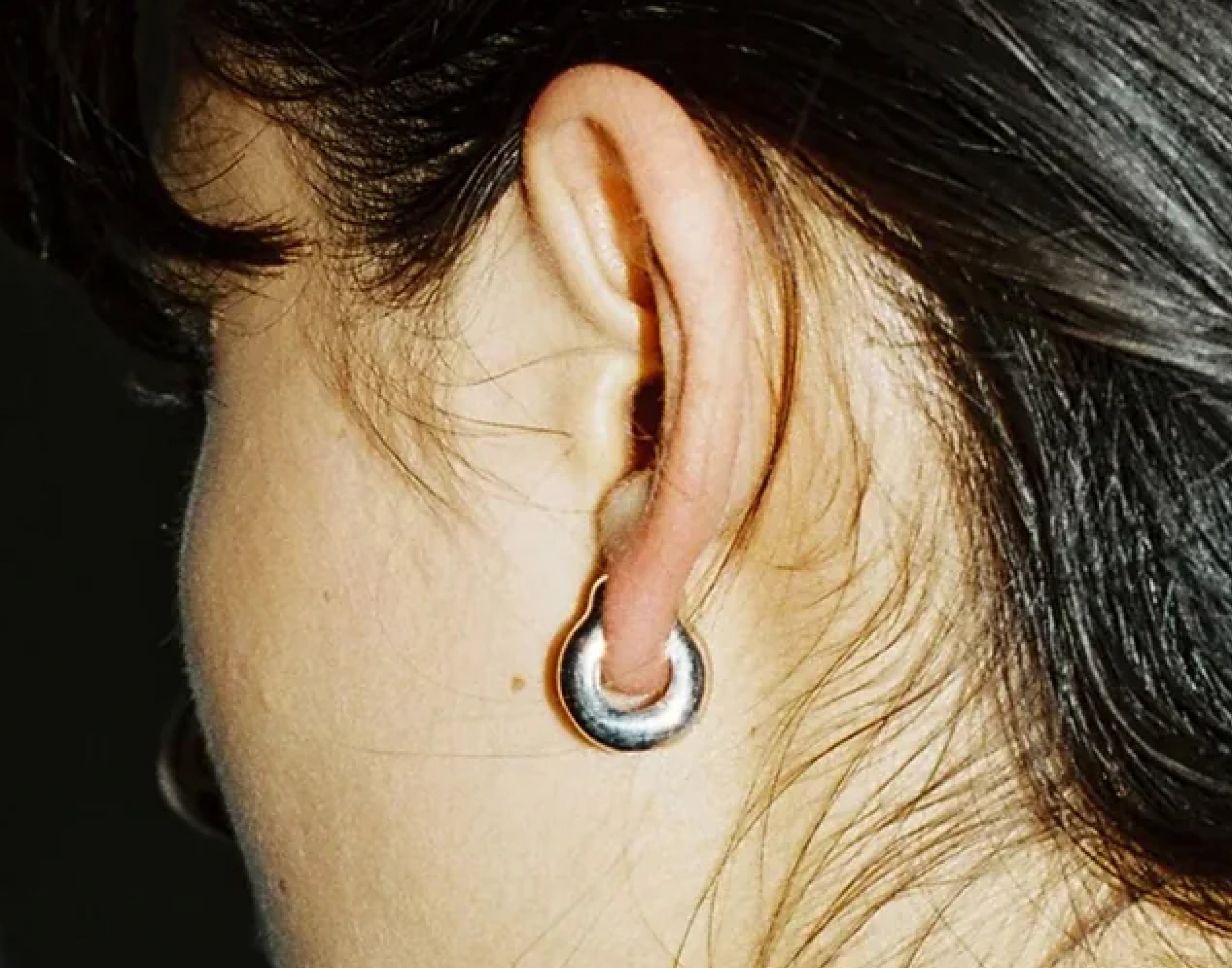 Ready to Ship
Ready to Ship
 Necklaces
Necklaces
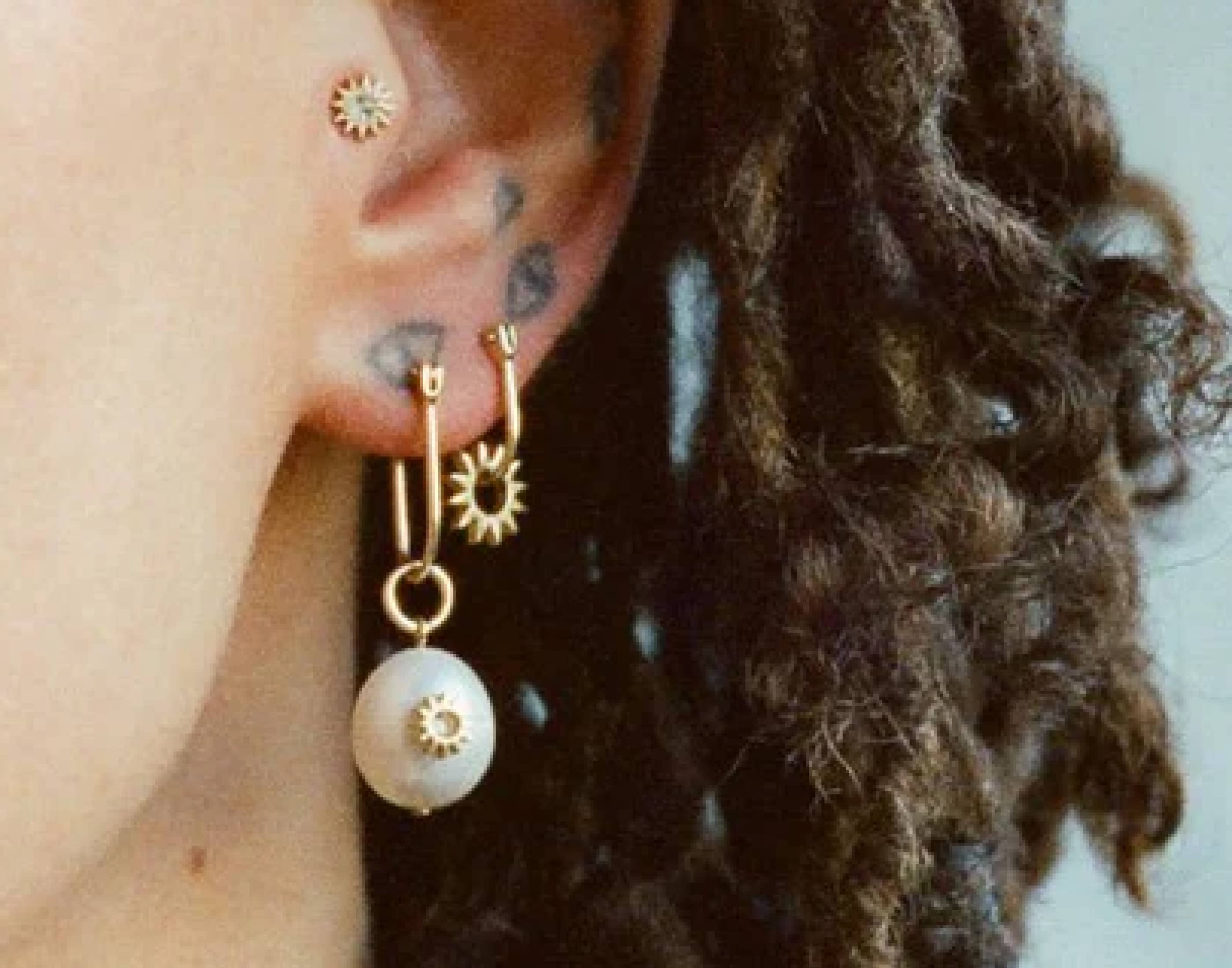 Earrings
Earrings
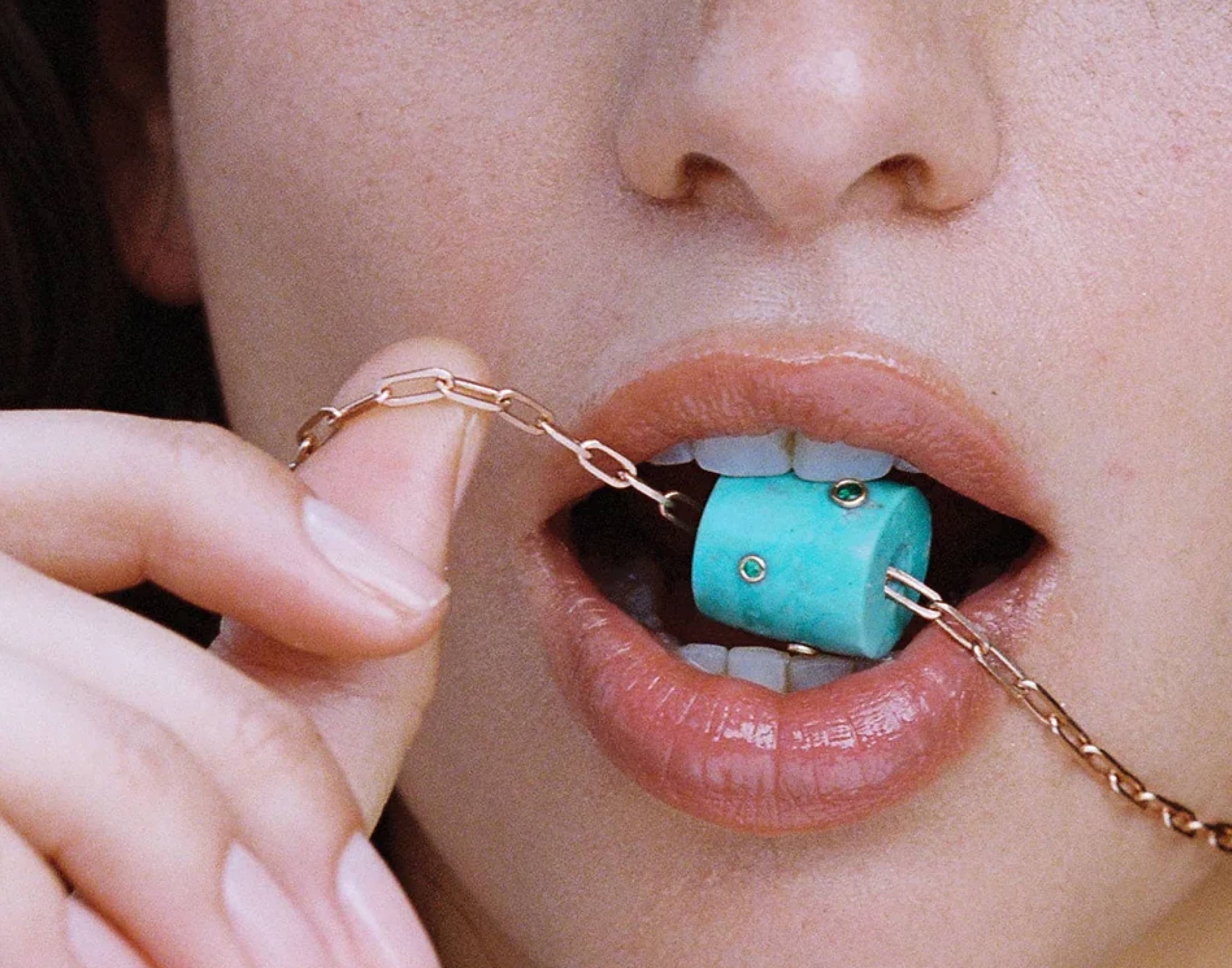 Charms & Pendants
Charms & Pendants
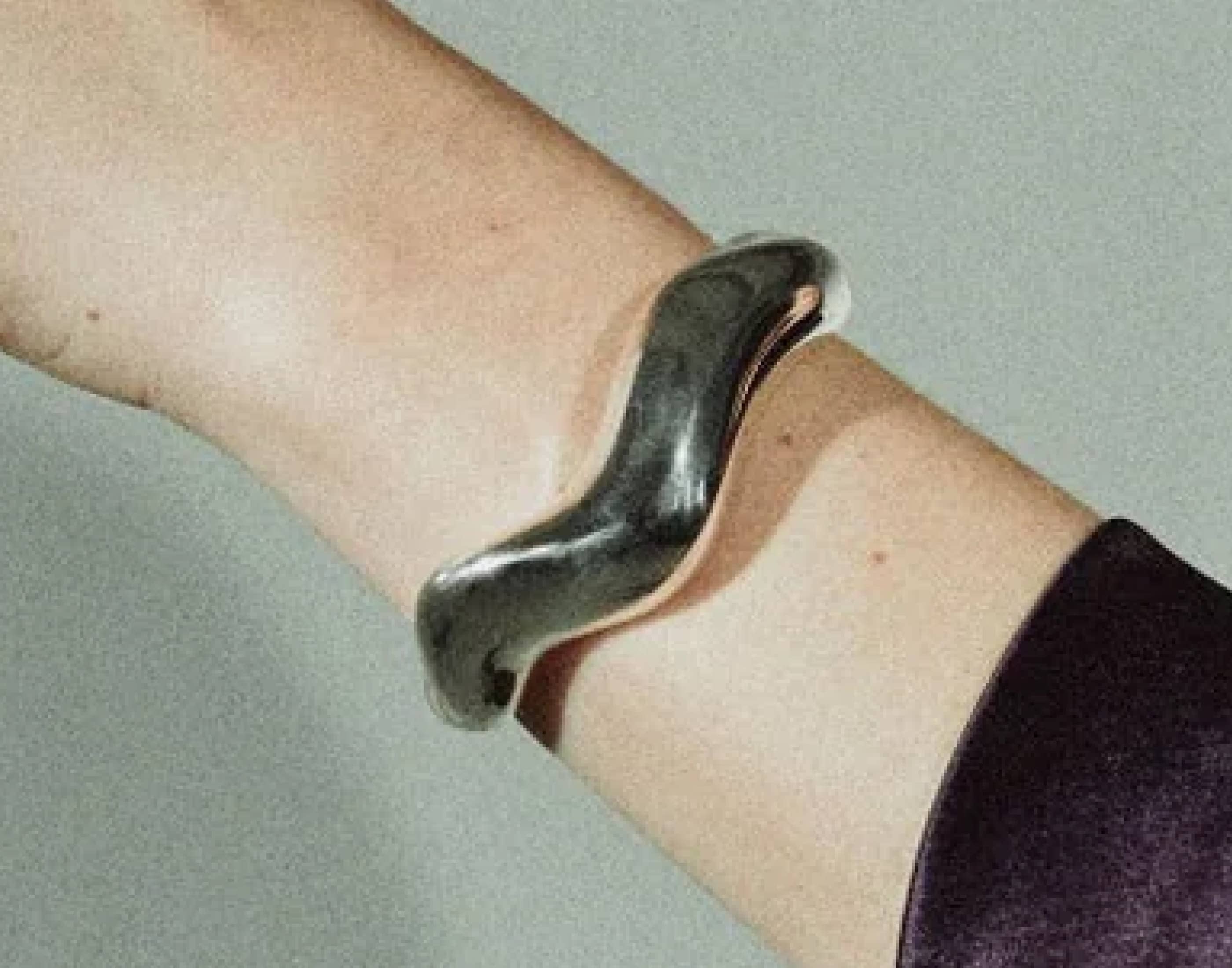 Bracelets
Bracelets
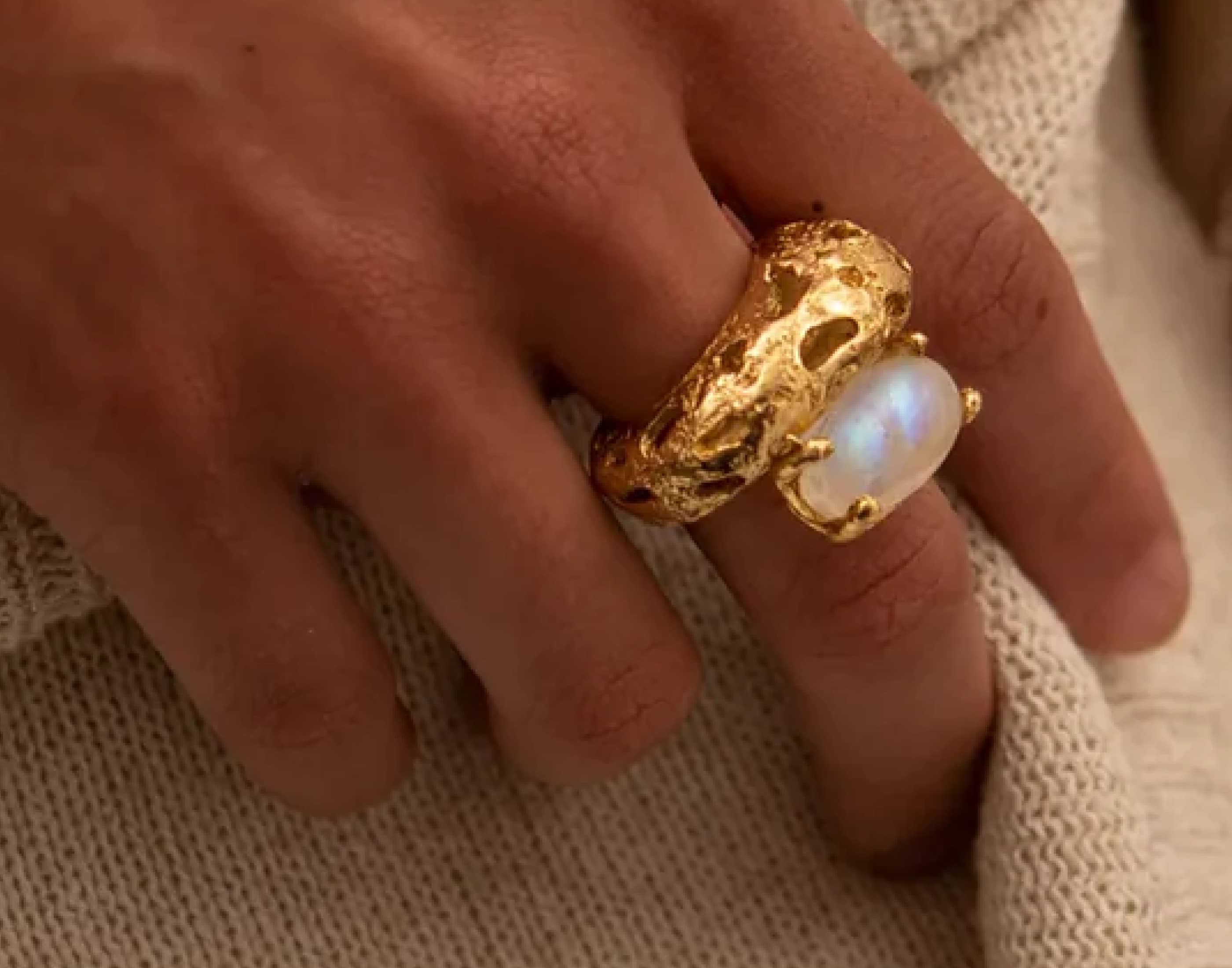 Rings
Rings
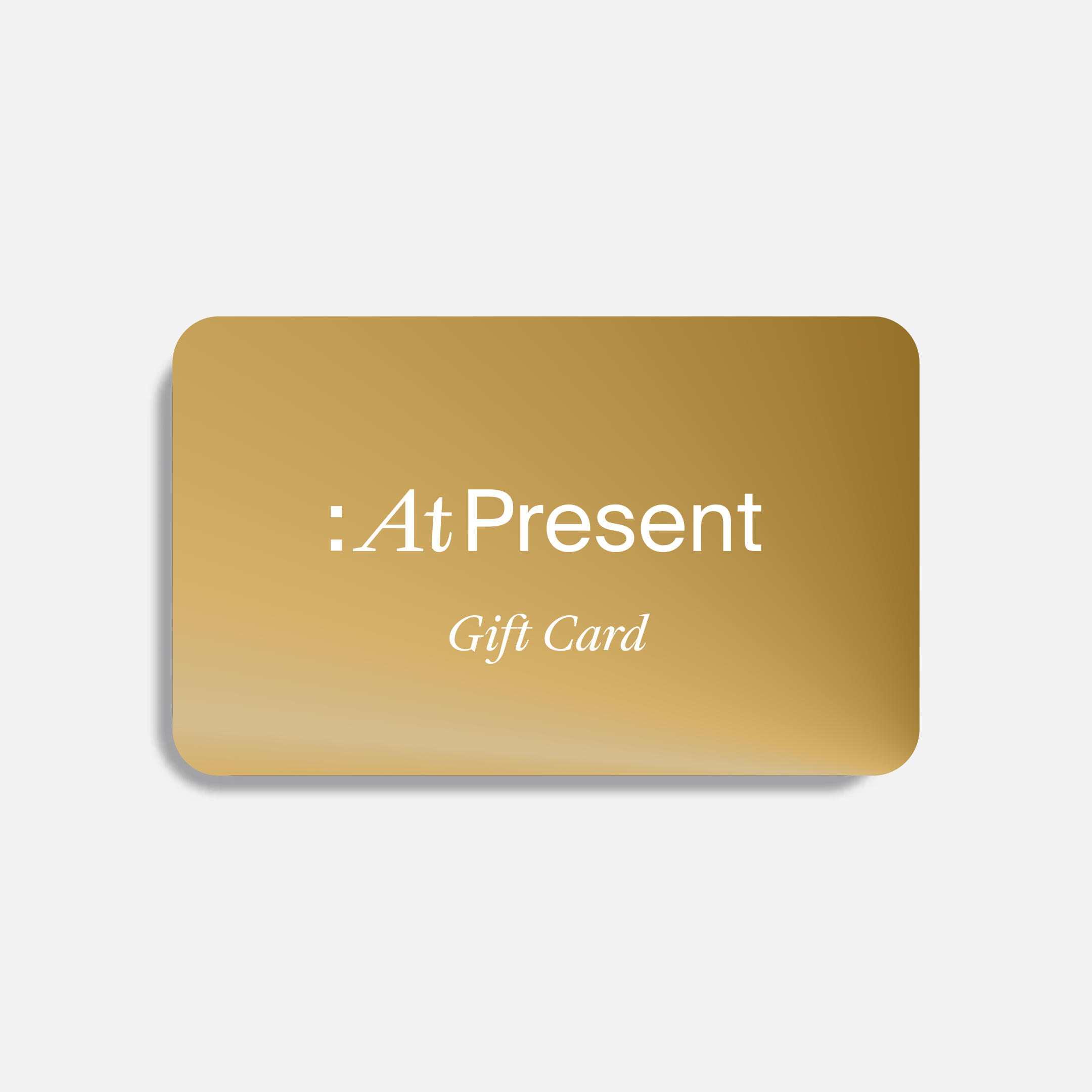 Gift Card
Gift Card
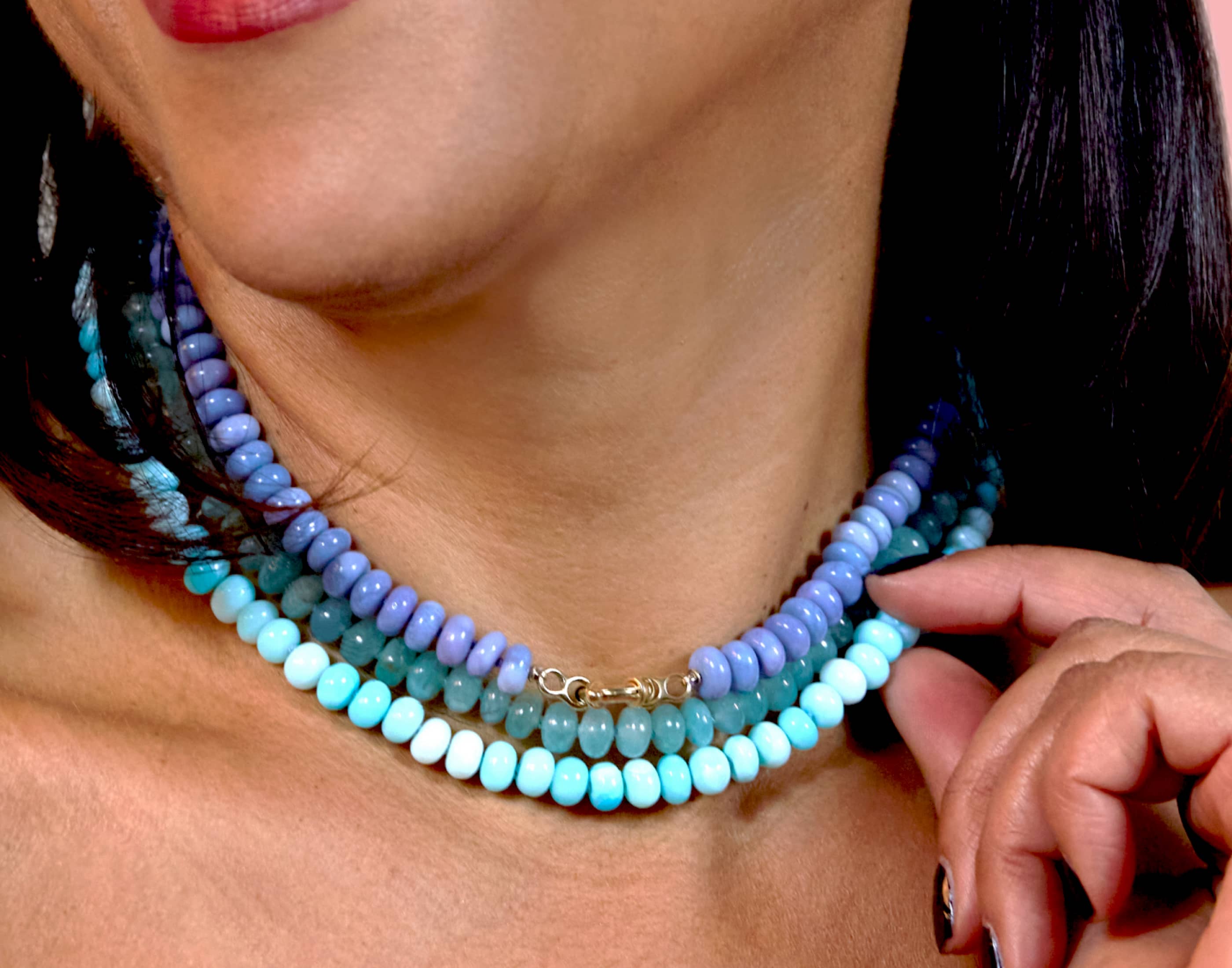 Pre-Order
Pre-Order
 Exclusive to AP
Exclusive to AP


